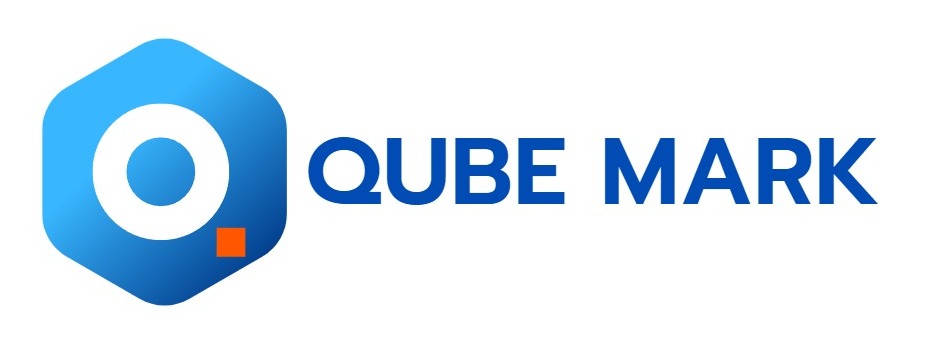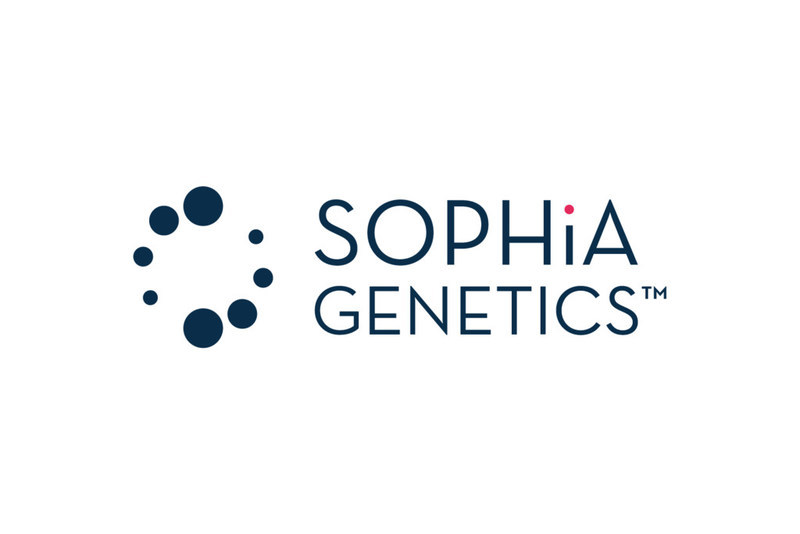ROSEMONT, Ill., Feb. 7, 2025 -- Nicolas S. Piuzzi, MD, was recognized as the 2025 Kappa Delta Young Investigator Award winner for research showing how leveraging advanced analytics with personalized outcome prediction tools can optimize the outcomes and satisfaction of total hip and knee arthroplasty (THA, TKA) for patients. Utilizing patient-reported outcomes measures (PROMs) can help clinicians identify risk factors and predict outcomes more accurately, allowing for tailored interventions at the patient level. The award recognizes outstanding clinical research related to musculoskeletal disease or injury by investigators under 40 years old or no more than seven years beyond training.
To read more about the award, please click here.
Each year, approximately 790,000 TKAs and 544,000 THAs are performed in the U.S., numbers that are expected to grow due to an aging population.[i] PROMs have become an increasingly important measure for total joint arthroplasty (TJA) as health care systems shift toward a value-based model, especially in light of the fact that the Centers for Medicare & Medicaid Services (CMS) implemented guidelines for 2025 that will require hospitals to submit pre- and postoperative PROMs data for THA and TKA to receive full CMS reimbursement. PROMs provide insights into patients' perspectives on their pain, function and quality of life before and after surgery.
Even with successful surgical outcomes following THA and TKA, 10 to 20% of patients report persistent pain, functional limitations or unmet expectations one year following surgery.[ii] Dr. Piuzzi and his colleagues from Cleveland Clinic Adult Reconstruction Research (CCARR) from the Department of Orthopaedic Surgery, Cleveland Clinic, theorized that incorporating data analytics and PROMs could help practitioners identify patients who may be at a higher risk for poor outcomes, potentially closing the gap between surgical outcomes and patient satisfaction.
"Musculoskeletal conditions, such as osteoarthritis, represent the leading cause of disability and impose a growing economic and health burden on our society,[iii]" said Dr. Piuzzi, associate staff and director of research, Cleveland Clinic Adult Reconstruction Research Department of Orthopaedic Surgery, and Cleveland Clinic Musculoskeletal Research Center co-director. "Despite affecting over one-third of the U.S. population and accounting for hundreds of billions in annual health-care costs, these conditions remain underfunded in research, highlighting an urgent need for action to advance innovative treatments and improve patient outcomes. Specifically, hip and knee arthroplasties can be very costly for our healthcare system and patients. While these procedures have been performed successfully for many years, we asked ourselves how we could incorporate the same level of data that other industries use to give patients a detailed assessment of what they can expect with joint replacement and to determine which risk factors need to be included in the modeling."
Creating a Comprehensive Data Collection System
In 2015, the Cleveland Clinic developed the Orthopaedic Minimal Data Set Episode of Care database as a comprehensive PROMs data collection platform specifically for TJA.[iv] Patient demographics, general health PROMs, joint-specific PROMs, and disease severity and treatment details are captured from patients and surgeons at specific points in time following surgery. Integrating PROMs collection into the routine clinical workflow achieved a high baseline completion rate (>97%) for TJA procedures. Passive and active follow-up methods, including automated email reminders, text messages and electronic health record messages, are used to ensure patients are reached. If patients do not respond, telephone calls and personalized mailed letters are sent. A study published by the research team shows passive measures captured one-year PROMs for 38% of the THA cohort and 40% of the TKA cohort.[v] A significant portion of patients ― 40% for THA and 41% for TKA ― required more active follow-up to complete their postoperative PROMs. The study showed the need for a multimodal approach to patient follow-up to collect PROMs data.
Preoperative PROMs Phenotypes Lead to Individualized Approach
Using preoperative PROMs phenotypes that incorporate pain, function and mental health provides for a more accurate representation of each patient's unique needs and risk factors, allowing surgeons to individualize the approach and better predict outcomes after TJA.
In a study of 4,034 primary THA patients, Dr. Piuzzi and the research team defined eight distinct phenotypes based on combinations of above or below median scores for Hip Disability and Osteoarthritis Outcome Score (HOOS) pain, HOOS-Physical Function Shortform (HOOS-PS), and Veterans RAND 12 Item Health Survey-Mental Health Summary Measure (VR-12 MCS), which is a self-administered health survey that captures physical and mental health aspects.[vi] The study found that phenotypes characterized by lower-than-median VR-12 MCS scores were significantly associated with increased dissatisfaction at one year, regardless of pain or function scores. Patients with the phenotype representing below-median scores across all three PROMs had the highest odds of dissatisfaction compared to the reference phenotype.
By identifying patients with high-risk phenotypes, clinicians can develop targeted interventions to optimize patients' preoperative condition and manage expectations.
"The variation between the different phenotypes is a 9 to 10% risk of failure to a 25% risk of failure related to patient satisfaction and perception of improvement," said Dr. Piuzzi. "This gives practitioners a very powerful tool to counsel patients and address some of the risk factors for each patient. If you have a patient in the high-risk group who is having mental health issues or poor function, clinicians need to set expectations and address some of the issues to mitigate risk factors. It is very applicable as it is readily available to everyone, but we need to ensure the data is collected, analyzed and implemented."
Developing a Predictive Model
With value-based health care becoming more important, there is a need for a data-driven, standardized approach to guide the shared decision-making process in TJA. Integrating PROMs and relevant patient characteristics into a comprehensive predictive model allows for the development of a personalized outcome prediction tool that can estimate the likelihood of improved pain, function and quality of life after surgery for individuals.
The Cleveland Clinic research team built a tool for TKA that incorporated separate models for predicting length of stay; 90-day readmission; and one-year improvements in Knee Injury and Osteoarthritis Outcome Score (function and quality of life sub-scores). These models include a range of patient factors ― demographics, comorbidities, baseline PROMs and laboratory values ― and allow the predictive tool to consider modifiable risk factors. The personalized outcome prediction tool demonstrated high accuracy in predicting outcomes for new patients. This demonstrates the potential for using data-driven models to provide patients and surgeons with individualized estimates of expected outcomes based on preoperative characteristics and PROMs.
About the Kappa Delta Awards
The Kappa Delta Awards, the first of which was established by the Kappa Delta Sorority and awarded in 1950, are presented by the AAOS to persons who have performed research in orthopaedic surgery that is of high significance and impact. The sorority would later add two more awards, valued at $20,000 each. Two awards are named for the sorority national past presidents who were instrumental in the creation of the awards: Elizabeth Winston Lanier and Ann Doner Vaughn. The third is known as the Young Investigator Award.
For more information, please visit aaos.org/kappadelta. Learn more about the Kappa Delta Foundation, here.
About the AAOS
With more than 39,000 members, the American Academy of Orthopaedic Surgeons is the world's largest medical association of musculoskeletal specialists. The AAOS is the trusted leader in advancing musculoskeletal health. It provides the highest quality, most comprehensive education to help orthopaedic surgeons and allied health professionals at every career level to best treat patients in their daily practices. The AAOS is the source for information on bone and joint conditions, treatments and related musculoskeletal health care issues; and it leads the health care discussion on advancing quality.
Follow the AAOS on Facebook, X, LinkedIn and Instagram.
________________________________________
i American College of Rheumatology. Joint Replacement Surgery. Published February 2024. Accessed Dec. 18, 2024. https://rheumatology.org/patients/joint-replacement-surgery
ii Orr MN, Klika AK, Emara AK, et al. 2022. Dissatisfaction After Total Hip Arthroplasty Associated with Preoperative Patient-Reported Outcome Phenotypes. J. Arthroplasty 37(7S):S498–S509.
iii McConaghy K, Klika AK, Apte SS, Erdemir A, Derwin K, Piuzzi NS. A Call to Action for Musculoskeletal Research Funding: The Growing Economic and Disease Burden of Musculoskeletal Conditions in the United States Is Not Reflected in Musculoskeletal Research Funding. J Bone Joint Surg Am. 2023 Mar 15;105(6):492-498.
iv OME Cleveland Clinic Orthopaedics. Implementing a Scientifically Valid, Cost-Effective, and Scalable Data Collection System at Point of Care: The Cleveland Clinic OME Cohort. J Bone Joint Surg Am. 2019 Mar 6;101(5):458-464.
v Rullán PJ, Pasqualini I, Zhang C, et al. 2024. How to Raise the Bar in the Capture of Patient-Reported Outcome Measures in Total Joint Arthroplasty: Results from Active and Passive Follow-up Measures. J. Bone Joint Surg. Am. 106(10):879–890.
vi Emara AK, Orr MN, Klika AK, et al. 2022. When is Surgery Performed? Trends, Demographic Associations, and Phenotypical Characterization of Baseline Patient-Reported Outcomes Before Total Hip Arthroplasty. J. Arthroplasty 37(6):1083–1091.e3.
This News is brought to you by Qube Mark, your trusted source for the latest updates and insights in marketing technology. Stay tuned for more groundbreaking innovations in the world of technology.









